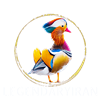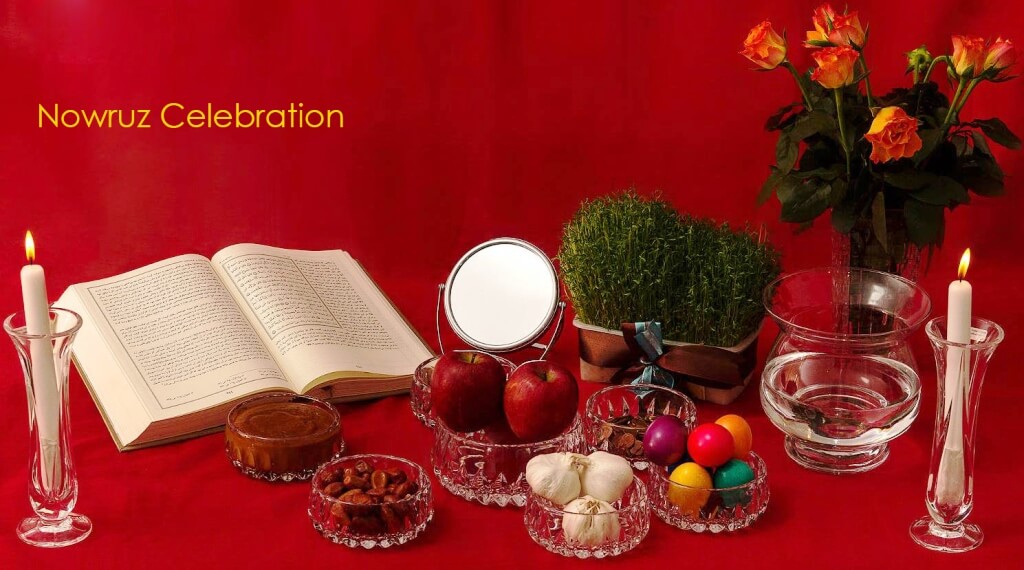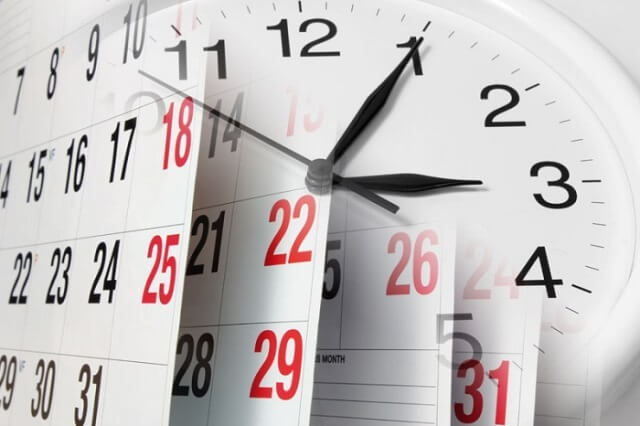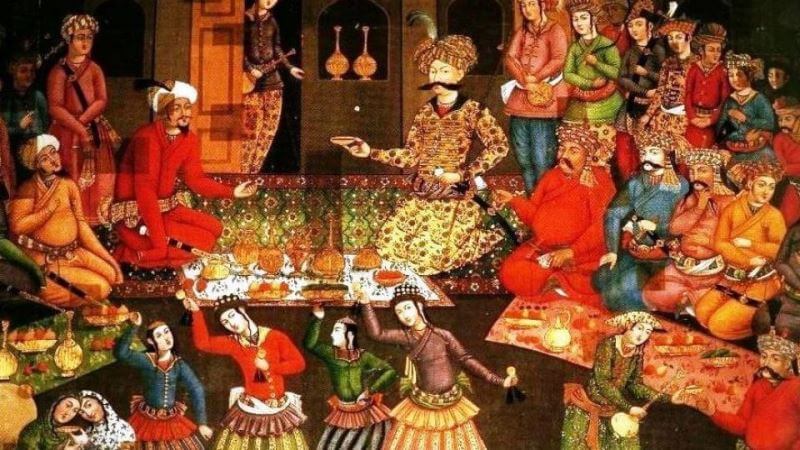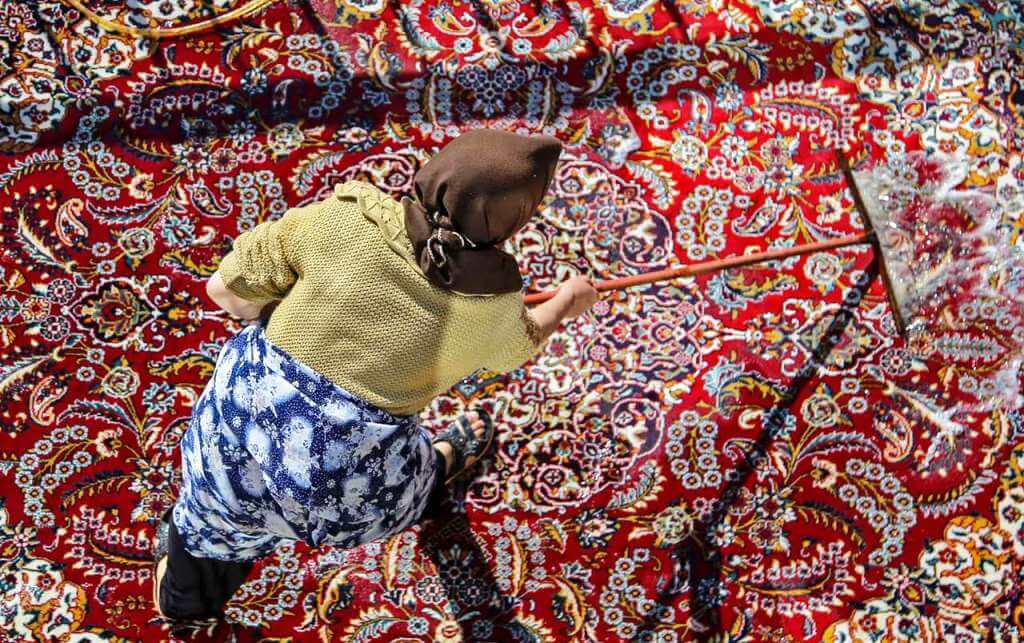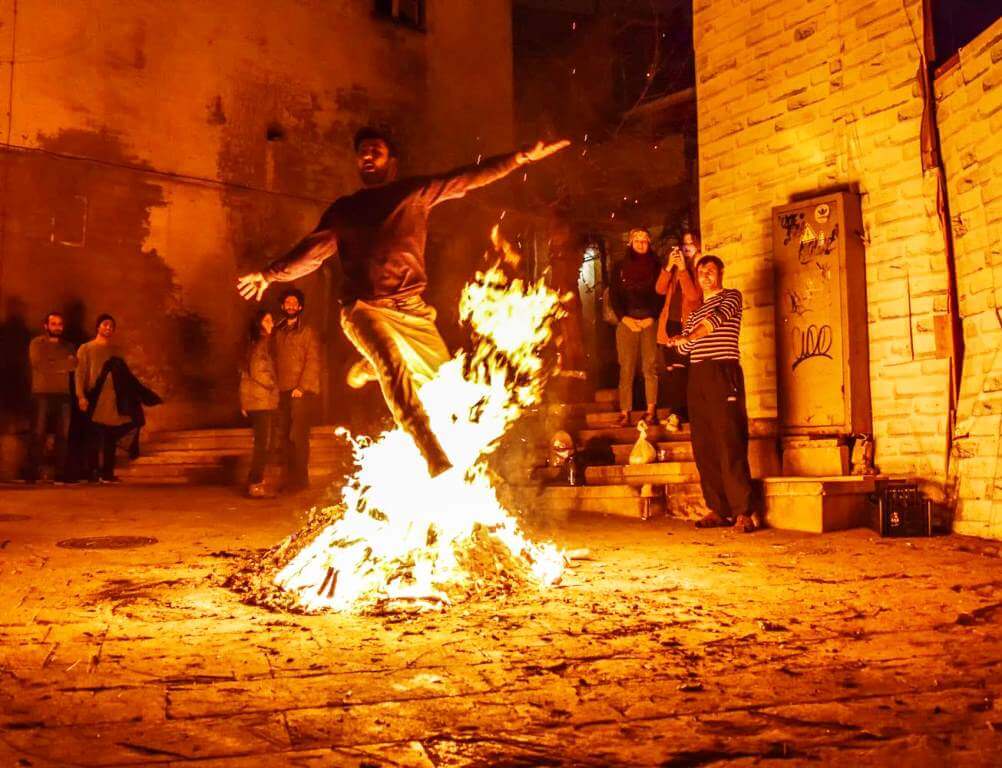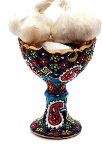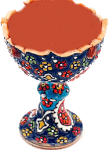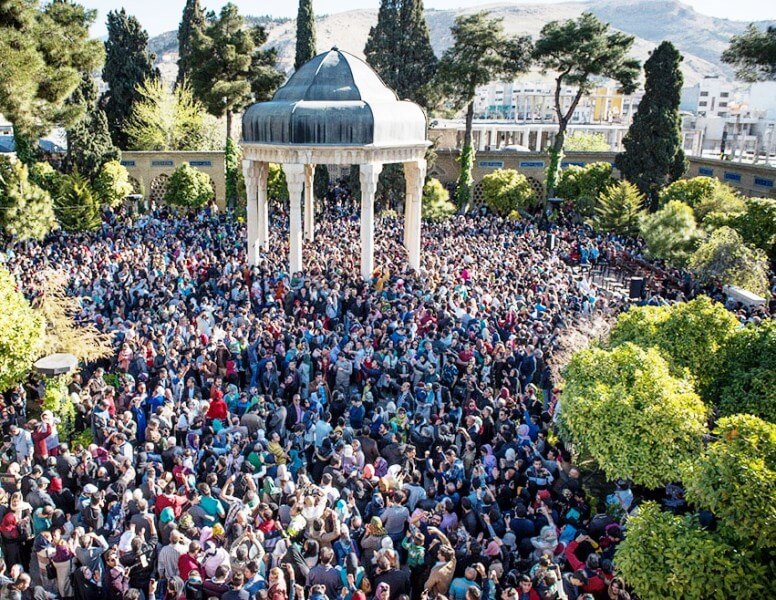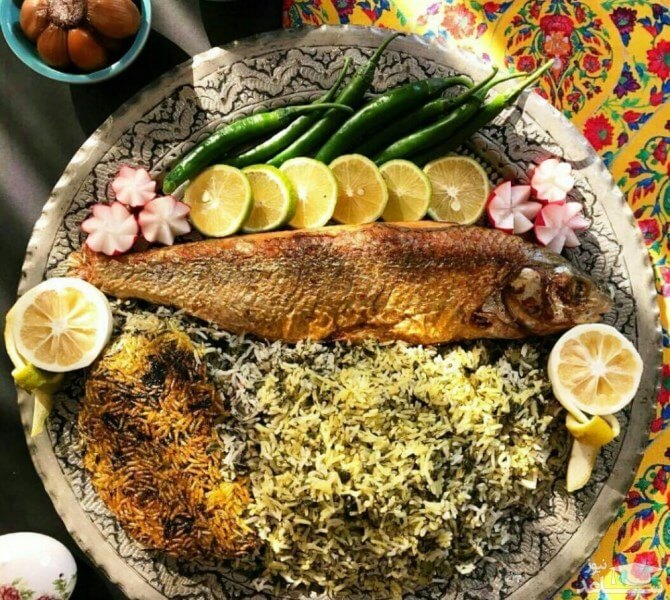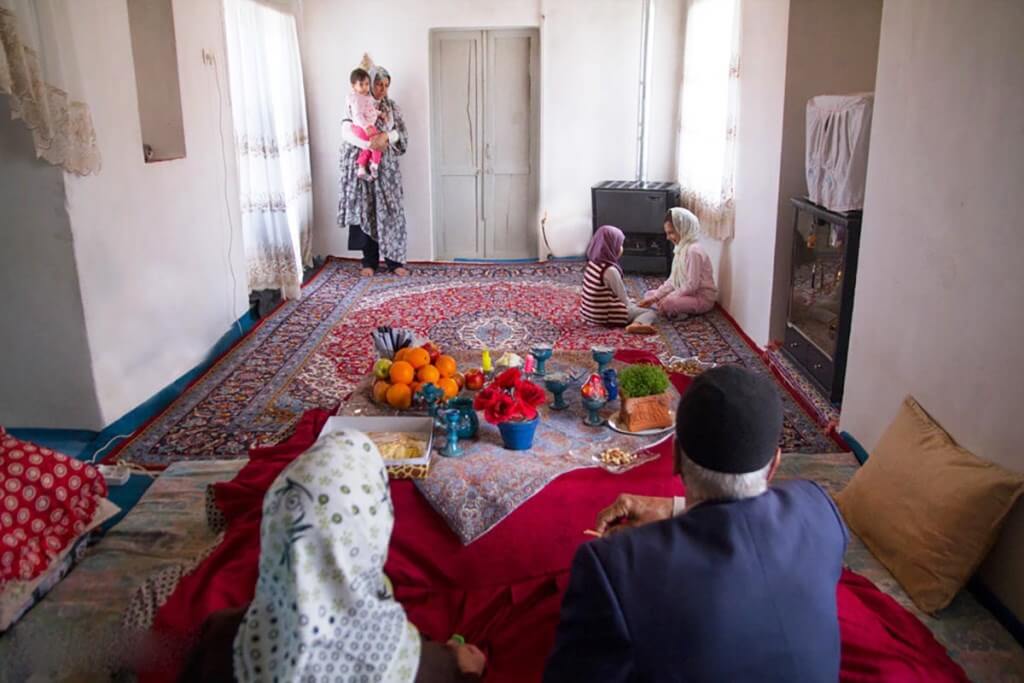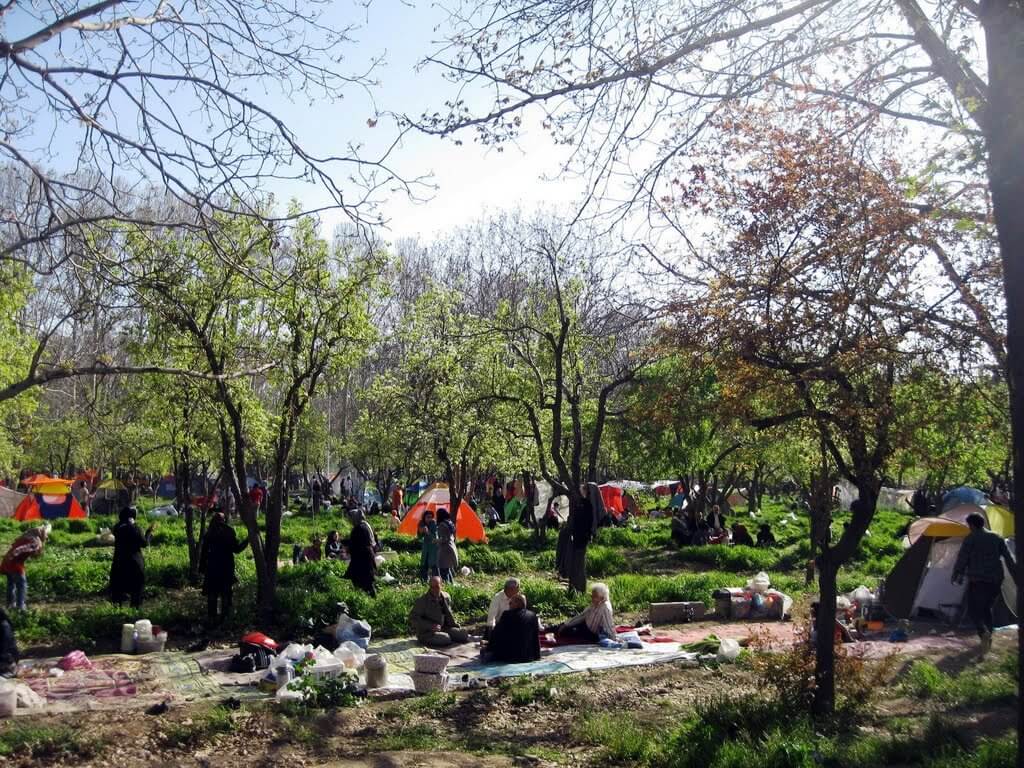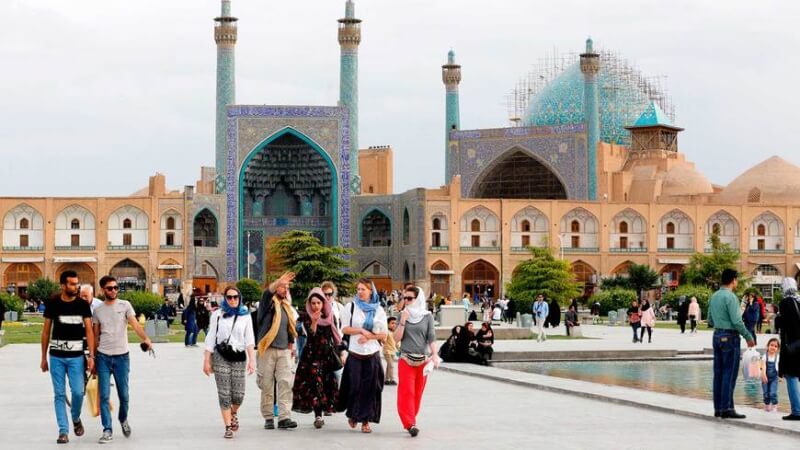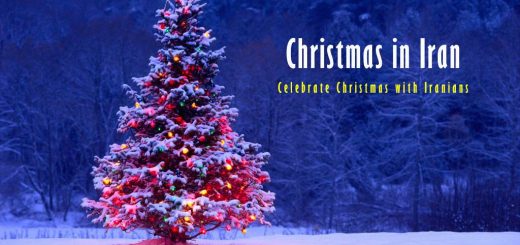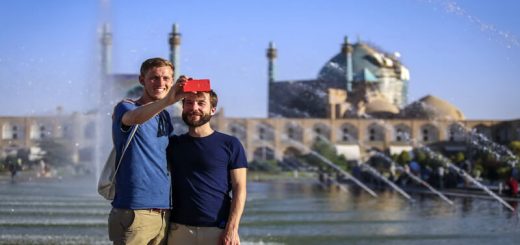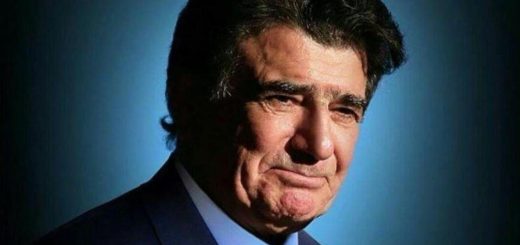Nowruz Celebration, Participate in the Biggest Event of Iran
by Admin · March 4, 2021
Nowruz Celebration
Norooz, or Nowruz meaning “New Day,” is the Persian new year (Eid Norooz), on March 20th or 21st, the first spring day. This Persian festival is the most beautiful and most valuable Iranian celebration that has survived from ancient times and is still performed as glorious as 3000 years ago. Besides, Nowruz in Iran is the most extended Persian celebration, including several Iranian traditions that last nearly three weeks.
Although the Nowruz celebration has Iranian and Zoroastrian origins, it is also celebrated in many other countries worldwide. In this regard, the ancient Nowruz celebration is held in Iran, Afghanistan, Tajikistan, Russia, Kyrgyzstan, Kazakhstan, Syria, Kurdistan, Georgia, Azerbaijan, Albania, China, Turkey, Turkmenistan, India, Pakistan, Iraq, and Uzbekistan and is a national holiday in their calendar.
Nowruz was inscribed as an element of the World Intangible Heritage List in 2009 and extended in 2016, on the Representative List of the Intangible Cultural Heritage of Humanity, at the joint initiative of Iran, Afghanistan, Azerbaijan, Kazakhstan, Kyrgyzstan, Tajikistan, Pakistan, Iraq, Turkey, India, Uzbekistan, and Turkmenistan.
"The festival of Nowruz unites the individuals and peoples of the 12 countries that together nominated the festival for inscription on the Representative List of the Intangible Cultural Heritage of Humanity to celebrate values of sharing and harmony."
Persian New Year Timing
As mentioned, Norouz is the first day of spring on March 20th or 21st on the Gregorian Calendar or Farvardin 1st on the Persian calendar. This day is precisely the beginning of the solar new year and the moment that vernal equinox begins. The Persian calendar and the time of the Persian new year are based on precise astronomical observations. As a result, the Persian Calendar is more accurate than the Gregorian calendar.
Notably, Nowruz starts at the new year’s initiation moment and lasts 13 days until the Sizdah Bedar festival. However, the new year’s official holidays in Iran are only the first four days of the year.
When Is Nowruz 2022?
The initiation of the Persian new year 1401 or Nowruz 1401 based on the Persian calendar, i.e., Nowruz 2022 based on the Gregorian calendar, is on Sunday, March 20th, 2022, at 19:03:26 o’clock. Of course, the first day of the Iranian new year is March 21st.
History of Nowruz Celebration
Researchers, archaeologists, and historians have not yet agreed on the origin of Nowruz.
A group of scholars considers the first day of the celebration of Norouz to coincide with the day when Jamshid ascended to the throne. Jamshid was an ancient king, and it is said that all cruelty and ugliness were eliminated in Iran during his dynasty. On the other hand, some researchers also believe that Zarathustra’s birthday coincides with the first day of spring. So, the origin of Nowruz celebrations might date back to the birth of this prophet.
However, what is certain is that the Eid Norooz has existed in Iranian culture since ancient times and is still celebrated in its former glory.
Nowruz Traditions in Iran
Different Iranian ethnic groups celebrate Persian new year with slight differences in details. However, the elements and traditions of Nowruz are similar among all Iranians. The features and different ceremonies of the Iranian New Year celebration include:
house cleaning (Khaneh Takani), Nowruz shopping, Chaharshanbe Suri, Haft Seen Table, the moment of the new year beginning (Nowrouz Sal Tahvil), Persian New Year’s Eve, and Sizdah Bedar. Below we introduce the mentioned elements of the Persian Nowruz celebration.
Nowruz House Cleaning (Khaneh Takani)
The ancient Iranians believed that their residence place should be as clean as possible as the new year approached. So, from a month before Eid Norooz (Esfand 1st, i.e., February 20th), they were cleaning their houses little by little: they were washing everywhere and cleaning smoky walls and ceilings; they were repairing broken things and throwing away useless items.
The process of cleaning and organizing the house is called Khaneh Takani and lasted until Chaharshanbe Suri (the last Wednesday of the year).
Today, as in the past, house cleaning is the first thing to welcome Nowruz and the new year. Cleaning windows and glass, washing curtains, carpets, and sofas, dusting walls, and tidying the cabinets are Khaneh Takani affairs. Women usually play a significant role in this ceremony, and they are in charge of managing Khaneh Takani. They assign each of the tasks to a family member. I remember the sweet memories of Khaneh Tekani from my childhood; when every year, my mother made my siblings and me in charge of doing simple and small tasks, and we were so enthusiastic about the Nowruz celebration. However, today, some of these items are outsourced to service companies.
Khaneh Takani is also done in the streets of cities. City officials wipe off and repaint the traffic signs and street signs. They decorate the streets with colorful flags, and they prune and plant green spaces. Finally, the people and the whole city wait for the celebration of Nowruz and New Year.
Nowruz Shopping
The major part of the excitement and joy of the Nowruz celebration is related to shopping. Every year before Norouz, Iranians try to renew the old things; From furniture to clothes. This is so important in public culture that the government has set aside a separate budget in Iran’s labor law called “Eidi” for Nowruz shopping.
Eid tail markets are exciting. Everyone is shopping and smiling. Traveling singers sing happy folk songs. Everything is sold in these markets; From household items to clothing, goldfish, flower pots, Haftsin table items, nuts, fruits, and fresh fish for Eid dinner.
Moreover, you can see Haji Firuz dancing and singing with a black face and red costume in the main shopping malls. Nowruz markets continue until the last night of the year.
"Hajji Firuz (Persian: حاجی فیروز – Hājji Firuz) or Khwaja Piruz (Persian: خواجه پیروز – Xwāje Piruz), is a fictional character in Iranian folklore who appears in the streets by the beginning of Nowruz. ... His face is covered in soot, and he is clad in bright red clothes and a felt hat."
Chaharshanbe Suri Festival
Chaharshanbeh Suri is the official beginning of the Nowruz celebration. On the evening of the last Tuesday of every year, the ancient Iranians lit small piles of fire, and they danced around it and jumped over the flames. The fire was a sacred element for the ancient Iranians because it was considered the physical symbol of Ahura Mazda, the supreme god in ancient Iranian religion.
Chaharshanbe Suri ceremony is still performed throughout Iran with a slight difference in details and using incendiary devices and fireworks. In the Chaharshanbeh Suri celebration, the Iranians jump over the flames by singing a particular folk song for this ceremony. And they wish that all illness and sadness burn in the fire, and in return, they will receive heat, energy, and the power of fire.
Haft Sin Table (Sofreh Haft Sin)
Haft Sin or Haft Seen includes a tablecloth called “Sofreh,” full of symbolic items; So, it is called Sofreh Haft Sin. It is set up to welcome the arrival of spring and is considered the major part of the Norooz celebration.
Every year before the Persian new year, each family sets up the Nowruz table in the best place of their house, and it will remain there until the end of the Nowruz holiday, i.e., the thirteenth day of the year. However, today, as Iranian houses have become smaller, the people gather up the Haft Sin table earlier. Moreover, the municipality places Sofreh Haft Sin in some important squares of Iran cities.
The phrase Haftsin consists of the two Persian words “Haft” meaning seven and “Sin,” which is one of the Persian letters pronounced “S.” And it refers to the seven main items of the Haft sin table that begin with the letter “Sin.”
The Haft Seen items are Sabzeh (seeds planted in a pot or dish), Seeb (apple), Samanu (wheat germ pudding), Serkeh (Persian vinegar), Senjed (sweet, dry fruit of the lotus tree), Seer (garlic), and Somaq (sumac).
Along with these main elements of the Nowruz table, Iranians place other items on Sofreh Haft Seen. Among these extra items are coin, colored eggs, goldfish, a mirror, candles, hyacinth flower (Sonbol), traditional sweets, and a book that can be Quran, Divan-e Hafez, or Shahnameh.
In the following, we introduce the elements of the Iranian Haftsin Table.
Sabzeh
Every year, from the two weeks before Nowruz, the ancient Iranians grew seeds of different plants on brick pillars and waited for the seeds to sprout. The seed that grew better than the others was selected as the crop of the year for agriculture. Therefore, planting greenery has become one of the rituals of celebrating Norooz. In this way, Iranians grow barley, wheat, lentils, or mung bean sprouts in a dish or pot from one month before Nowruz. And then, on the first day of the Persian New Year, they decorate it with ribbons and place it on the Haftsin table.
Sabzeh is a symbol of freshness, rebirth, and renewal of nature. Accordingly, Iranians use this symbol to have a happy and refreshing year. Sabzeh is also a symbol of the Ordibehesht Angel, who represents purity and honesty.
Seeb (Apple)
Apple is a symbol of beauty and health. So, Iranians place it on the Haftsin table to guarantee the family members’ health in the new year.
Samanu
Samanu is a kind of sweet pudding made from wheat germ. This element of the Haft Seen table is a symbol of power, goodness, and blessing. Besides, because Samanu is a nutritious food, it symbolizes an abundance of excellent and nutritious food in the upcoming year.
Senjed (Oleaster)
Senjed, also called oleaster, silver berry, or wild olive is a species of Elaeagnus indigenous to Iran and its neighboring countries. This tree has fragrant leaves and flowers. And, the ancient Iranians believed that the perfume of the leaves and their flowers stimulates love. So, they put dried Senjed fruit on the Nowruz table as a symbol of love and fertility.
Sir (Garlic)
Sir, meaning garlic, is another component of the Sofreh Haft Sin, a symbol of disinfection and cleaning of the environment and body. The Zoroastrians used to put garlic on the Haftsin table because they believed that the garlic smell makes the demons run away.
Serkeh (Vinegar)
Vinegar, like garlic, was placed on the Sofre Haftsin to clean the environment, remove pollution, and invalidate magic. On the other hand, vinegar on the Nowruz table invites us to accept life’s hardships and be patient.
Sumac
Sumac, which is the sunrise color, is a symbol of patience for a new beginning and the light that wipes out the evilness and darkness.
Sekeh (coin)
interestingly, Sekeh, meaning coin, is the eighth “Sin” that was not originally an element of the Softeh Haftseen but has been added during the time. Today, almost all Iranians place coins on the Haftsin table as a symbol of prosperity and wealth.
The New Year beginning Moment (Nowruz Sal Tahvil)
At the end of the year, family members sit around the Nowruz table. They make good wishes for each other. And, as soon as the new year begins, they congratulate and hug each other. In the past, the sound of cannons and the shotgun shoot specified the moment of the new year’s beginning. Today, the sound of the cannons can be heard at the moment of the New Year, and it is also announced on the national radio and television.
Persian New Year's Eve and Traditional Nowruz Food
Most Iranians gather at the family’s elder house on the initial day of Nowruz or Persian New Year’s Eve. The traditional Nowruz food is Sabzi Polo ba Mahi that is a kind of vegetable pilaf with fish.
Dido-Bazdid (The New Year Visits and Greetings)
You may ask, what happens during the Nowruz holiday in Iran? The answer is visits and greetings, called Dido-Bazdid, with particular etiquette.
Nowruz Dido-Bazdid begins as soon as the Persian new year initiates. The younger family members put on new clothes and visit the older ones to wish them a Happy New Year. For example, children go to their parents’ and grandparents’ place. Then it is the elders’ turn to return the visit. It means if a person goes to his aunt’s house, a few days later, the same aunt goes to his house; This behavior is considered mutual respect. Depending on the family’s size, the Nowruz visit can continue until the end of the 12th of Farvardin (end of March).
To say happy Nowruz in Farsi, phrases such as “Eid Mobarak”, “Nowruz Mobarak”, or “Sale No Mobarak” (Happy New Year), “Sad Sal Be In Salha” (Have a good year), etc., are exchanged during visits. Also, the hosts treat their guests with sweets, fruits, and nuts.
Giving “Eidi” is another Nowruz tradition that is practiced during visits. Eidi is a gift or amount of money that the elders offer to the younger family members. In many cases, the host only gives Eid to the guest’s young children.
Sizdah Bedar
Sizdah Bedar is the last Norooz tradition on the thirteenth day of the Persian New Year, i.e., April 1st or 2nd. On Sizdah Bedar, all Iranian spend the whole day exclusively outside the house. Accordingly, they prepare picnic package and pop into nature.
One of the unique customs of Sizdah Bedar is to leave Sabzeh of the Haft Sin table in running water. Besides, single people tie greens and sing folk poems to find the right pair in the new year. Iranian people celebrate the end of Nowruz dancing, laughing, and eating food together. Finally, at sunset, Iranians return home, and the Nowruz holiday in Iran officially ends.
Participating in the Nowruz Event in Iran
Nowruz celebration is directly related to family ties. Therefore, although you can see the manifestations of Nowruz, such as the Haftsin tables, flowers in the streets, etc., everywhere, you will not see what happens in Nowruz celebration except within Iranian families. As a result, as a foreign tourist, you will see only a part of the Nowruz event in Iran by just roaming in the streets.
Hence, we suggest going to local houses with prior coordination during Nowruz to understand the Nowruz celebration’s cultural details more closely.
However, if this is not possible, don’t worry because many Iranians gather in public places when the Persian New Year begins and celebrate together. Accordingly, the Imam Reza shrine in Mashhad, the Tomb of Hafez in Shiraz, Persepolis, and the Tomb of Cyrus near Shiraz, and almost all shrines in different cities of Iran are among the famous places where people gather and celebrate the New Year.
As soon as the Iranian New Year initiates, you will see citizens embracing each other and congratulating each other. Also, in all airports, hotels, terminals, shops, restaurants, etc., you can see the Haft Sin table; As at Christmas, the decorated Christmas trees are everywhere.
On the other hand, in the Kurdish region of Iran, Iranian Kurds celebrate Nowruz with an exceptional splendor; they dance with local music, play traditional games, do fireworks, and more. So if you want to travel to Iran during Nowruz, you can plan to go to the west of the country and participate in the Kurdish Nowruz celebrations.
"How do you say Happy New Year in Persian?
You can use the phrase Nowruz mobarak to say happy new year, Nowruz pirouz, meaning may it be a victorious new year, or aidé shomā mobarak, also meaning happy new year."
Like this article?
Subscribe To Our Newsletter
Get updated articles about Iran trip
